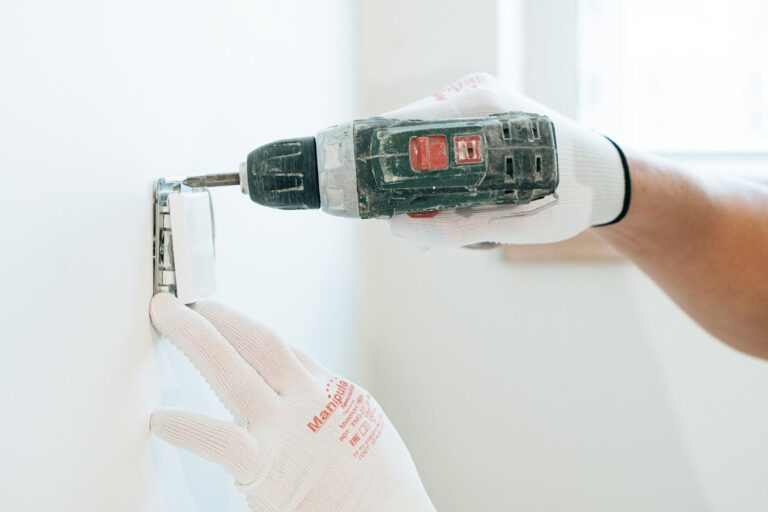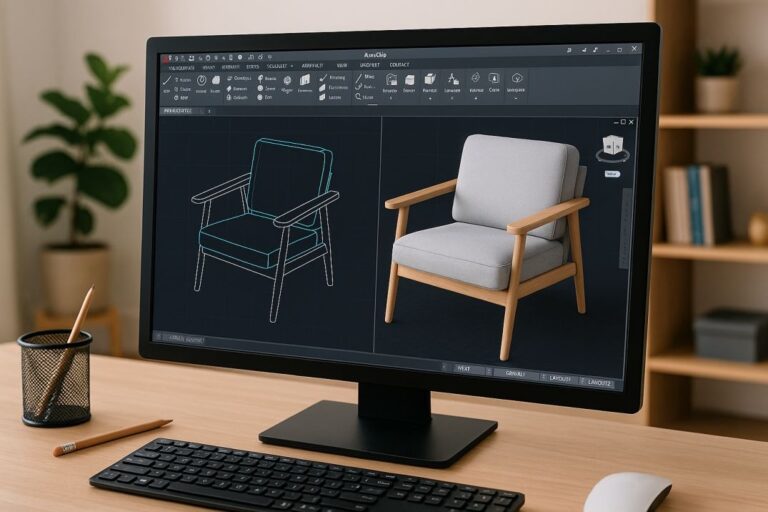
Printed circuit boards (PCBs) are the foundation of modern electronics. Among the various materials used in PCB fabrication, FR4 remains the most widely adopted due to its affordability, reliability, and versatility. If you’re looking to understand FR4 PCB manufacturing basics, this guide provides a practical overview of the process while also highlighting the role of leading PCB manufacturers and suppliers in the world.
Whether you’re an engineer, a procurement specialist, or a startup developing your next product, knowing how FR4 PCBs are made—and who makes them best—can help you make smarter decisions.
What is FR4?
FR4 is a grade of flame-retardant fiberglass-reinforced epoxy laminate. It serves as the core insulating substrate in many standard PCBs. The name “FR4” refers to its flame resistance rating (UL94 V-0), which means the material self-extinguishes when exposed to fire. It is valued for its strength, moisture resistance, electrical insulation, and heat resistance.
These characteristics make FR4 suitable for a wide variety of electronic applications, from consumer devices and home appliances to industrial machinery and automotive systems.
FR4 PCB Manufacturing Basics
The process of manufacturing a PCB using FR4 involves multiple steps. Here’s a simplified look at the typical flow:
1. Material Preparation
FR4 sheets are pre-impregnated with epoxy resin and reinforced with woven glass fabric. Copper foil is laminated onto one or both sides of the FR4 core to create the base for circuit traces.
2. Design Transfer
Using CAD software, PCB designers create the layout of the circuit. These designs are converted into manufacturing files (usually Gerber format) and transferred onto the FR4 substrate through a photolithography process.
3. Etching
In this stage, unwanted copper is chemically removed, leaving behind the desired circuit pattern. The remaining copper forms the traces and pads that connect components on the board.
4. Drilling
Precision drills make holes for vias, component leads, and through-hole connections. These holes are then plated with copper to maintain electrical continuity between layers.
5. Layer Lamination (for Multilayer PCBs)
For multilayer designs, additional layers of FR4 and copper are stacked and laminated under heat and pressure. This step creates complex boards that support more components and functions.
6. Solder Mask and Silkscreen
A protective solder mask (often green) is applied over the copper traces to prevent oxidation and short circuits. Then, silkscreen printing adds labels, logos, and reference markers on the board surface.
7. Surface Finishing
To enhance solderability, surface finishes such as HASL (Hot Air Solder Leveling), ENIG (Electroless Nickel Immersion Gold), or OSP (Organic Solderability Preservative) are applied to the exposed copper pads.
8. Electrical Testing and Quality Control
The finished board is electrically tested for continuity and shorts. It also undergoes visual inspections and quality checks to ensure it meets performance standards.
Advantages of FR4 in PCB Manufacturing
- Cost-Effective: FR4 is widely available and budget-friendly.
- Strong Insulation: It offers excellent dielectric strength and minimizes signal loss.
- Thermal Stability: Can handle temperatures up to 130–150°C, suitable for most standard applications.
- Mechanical Strength: Durable and rigid, making it ideal for fixed circuit designs.
- Compatibility: Works well with a range of surface finishes and assembly techniques.
Because of these advantages, FR4 is the go-to choice for single-sided, double-sided, and multilayer PCBs used in various electronics sectors.
Role of PCB Manufacturers and Suppliers in the World
The quality and performance of an FR4 PCB depend significantly on the expertise of the manufacturer. Today, PCB manufacturers and suppliers in the world range from high-volume producers in Asia to specialized fabricators in Europe and North America. Each region brings unique strengths to the table.
1. China and Southeast Asia
China is home to some of the world’s largest PCB factories. These manufacturers excel in high-volume, low-cost production and offer a full range of services including prototyping, multilayer fabrication, and component sourcing. Countries like Vietnam, Malaysia, and Thailand are also emerging as alternative hubs for PCB fabrication.
2. United States and Canada
PCB manufacturers in North America focus on high-reliability applications such as aerospace, military, and medical electronics. These companies prioritize certifications (like IPC and ISO) and offer rapid prototyping and design support, making them ideal for complex or time-sensitive projects.
3. Europe
Germany, the UK, and Italy lead the PCB market in Europe. Known for precision engineering and quality control, European suppliers often work with automotive and industrial clients. Sustainability and environmental compliance are also key priorities in this region.
4. Global Turnkey Providers
Some global companies offer end-to-end PCB solutions—from design and prototyping to assembly and logistics. These providers often operate manufacturing facilities in multiple countries, offering flexibility in pricing, lead time, and regional compliance.
Choosing the Right Supplier for FR4 PCBs
When evaluating PCB manufacturers and suppliers in the world, consider these factors:
- Certifications: Look for ISO, IPC, UL, and RoHS compliance.
- Experience with FR4: Ensure the manufacturer has a proven track record with FR4 boards, especially if you’re building multilayer or high-speed circuits.
- Prototyping Services: Choose a supplier that supports low-volume prototyping as well as scalable mass production.
- Technical Support: Access to design-for-manufacturing (DFM) reviews, material recommendations, and engineering consultations can save time and money.
- Delivery and Logistics: On-time delivery and transparent shipping practices are vital, especially for global supply chains.
Also Read: Does Solder Mask Color Impact the Functionality of Circuit Boards?
Final Thoughts
Understanding FR4 PCB manufacturing basics is essential for any professional involved in electronics design or production. From simple consumer gadgets to mission-critical medical devices, FR4 continues to power a vast array of applications due to its balance of cost, durability, and performance.
As you plan your next project, partnering with the right PCB manufacturers and suppliers in the world will ensure your designs are realized with quality, speed, and efficiency. Whether you need prototypes or full-scale production, a knowledgeable supplier can help you navigate technical challenges and stay competitive in today’s fast-moving electronics market.








